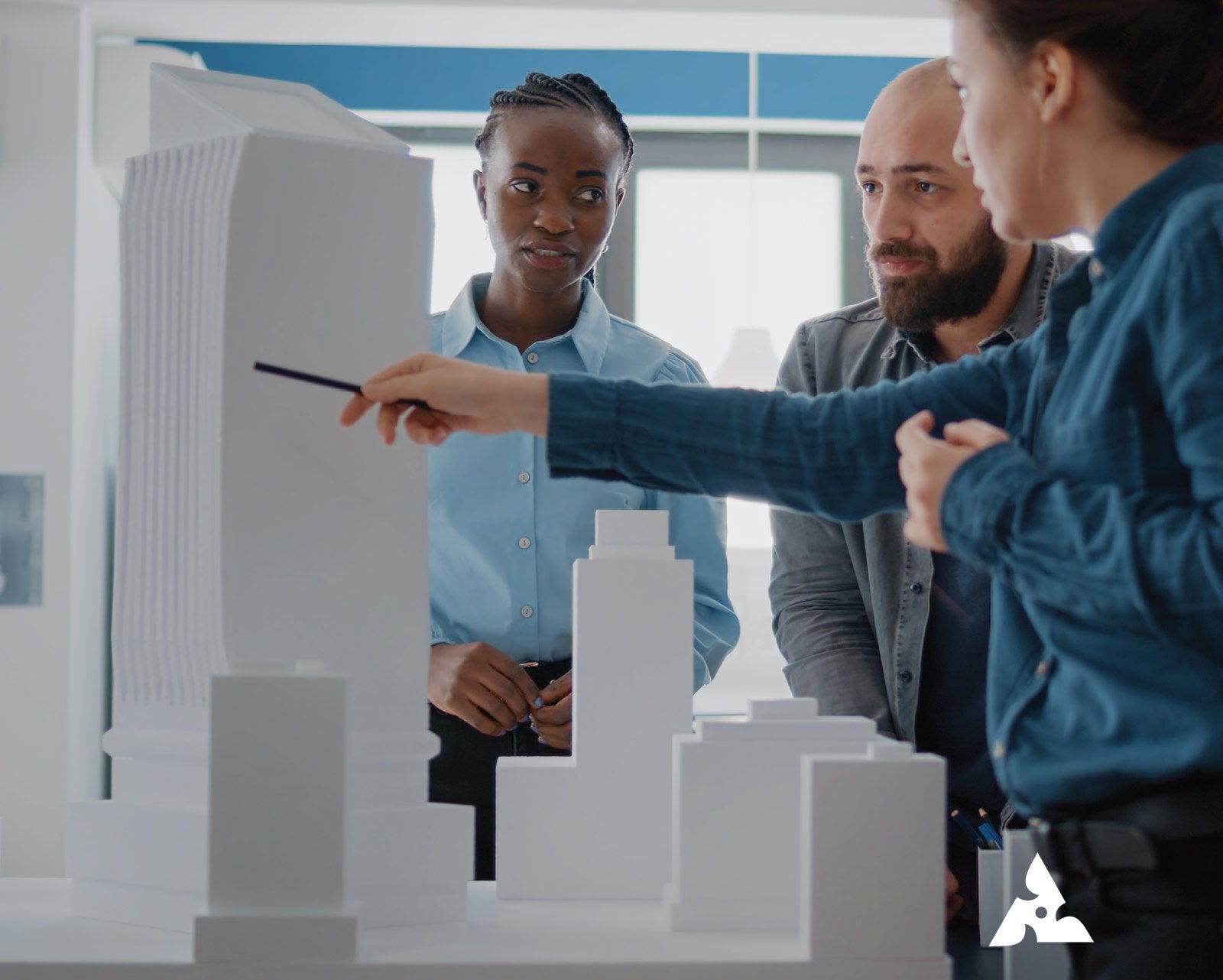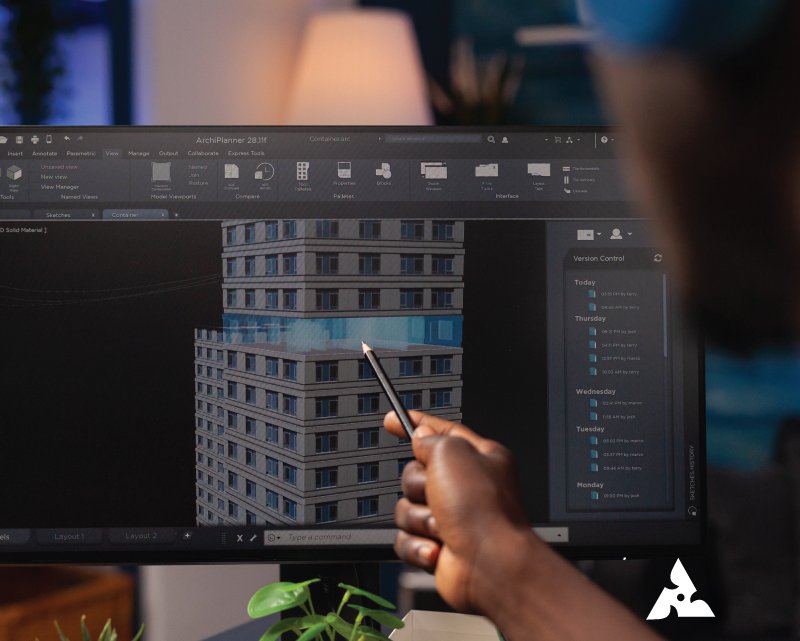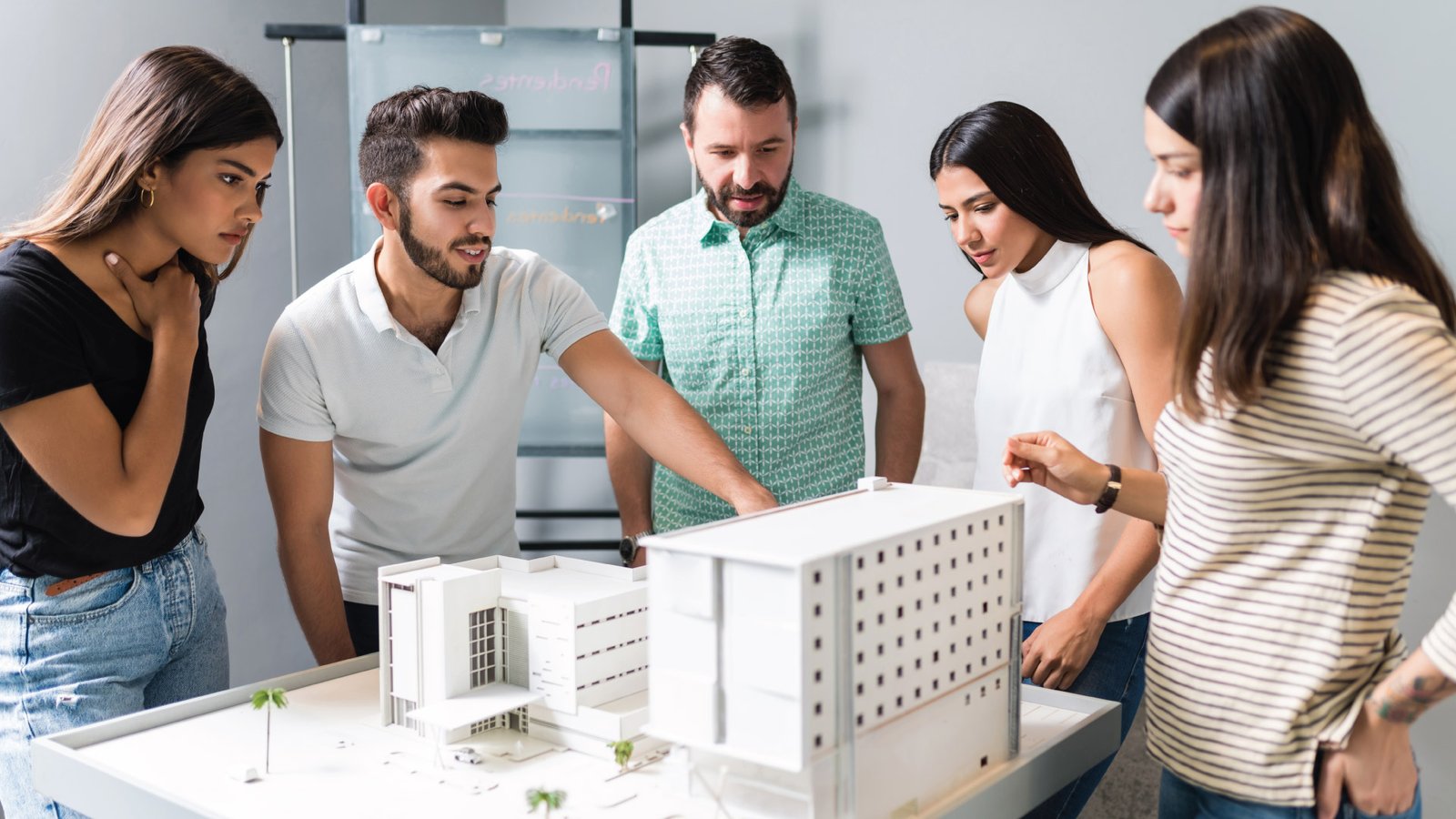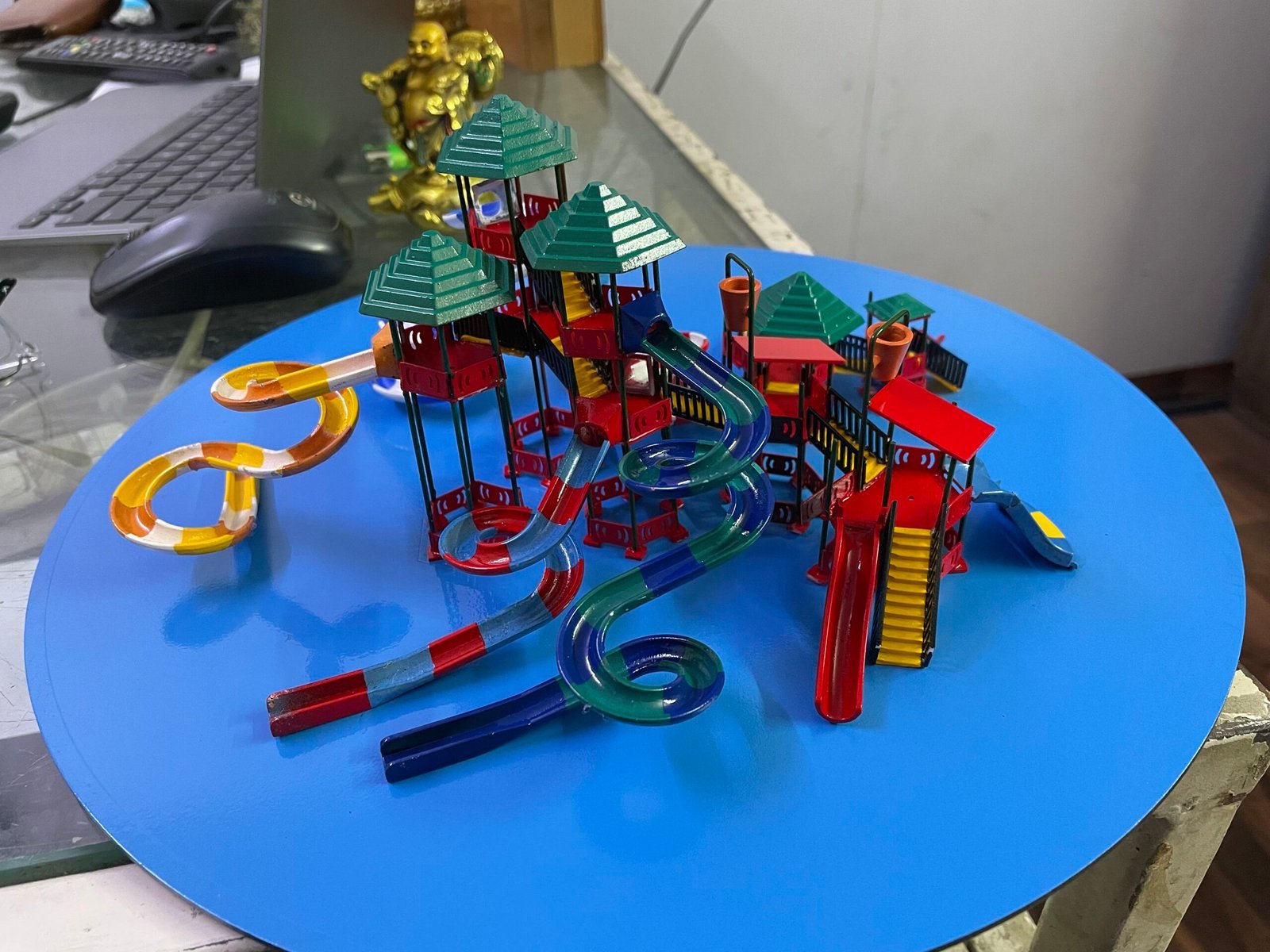Everything About Theme Park Model
Theme parks are a beloved attraction for people of all ages. With their colorful rides, engaging shows, and immersive environments, theme parks offer visitors a chance to escape from the real world and enter a world of adventure and excitement. But have you ever wondered how these parks are designed and constructed? Well, the answer lies in theme park model making.
Theme park 3d model making is the process of creating miniature models of theme parks, attractions, and rides. These models are used by designers, engineers, and builders to plan and construct the actual theme park. They are typically made out of materials such as wood, plastic, and metal and can range in size from a few inches to several feet.

The first step in theme park model making is to gather reference materials. Designers and engineers will typically study blueprints, concept art, and photographs to get a sense of the layout and design of the park. They may also visit the site of the future park to get a sense of the terrain and surroundings.
Once the reference materials have been collected, the model making process can begin. The first step is to create a base for the model, which will typically be made out of wood or foam. The base will serve as the foundation for the rest of the model and will be used to build the various structures and attractions.
Next, the model makers will start to build the individual attractions and structures. This will typically involve creating detailed plans and measurements for each element of the park and then constructing them out of materials such as wood, plastic, and metal. The model makers will often use specialized tools such as miniature saws, drills, and sanders to create the intricate details of each attraction.
Once the attractions and structures have been built, the model makers will begin to add the finishing touches to the model. This may involve painting and decorating the various elements of the park, adding landscaping and foliage, and creating miniature figurines to populate the park.
The final result of theme park model making is a detailed and accurate representation of the park that can be used to plan and construct the actual park. These models are invaluable tools for designers, engineers, and builders as they allow them to visualize the park in three dimensions and make adjustments before construction begins.
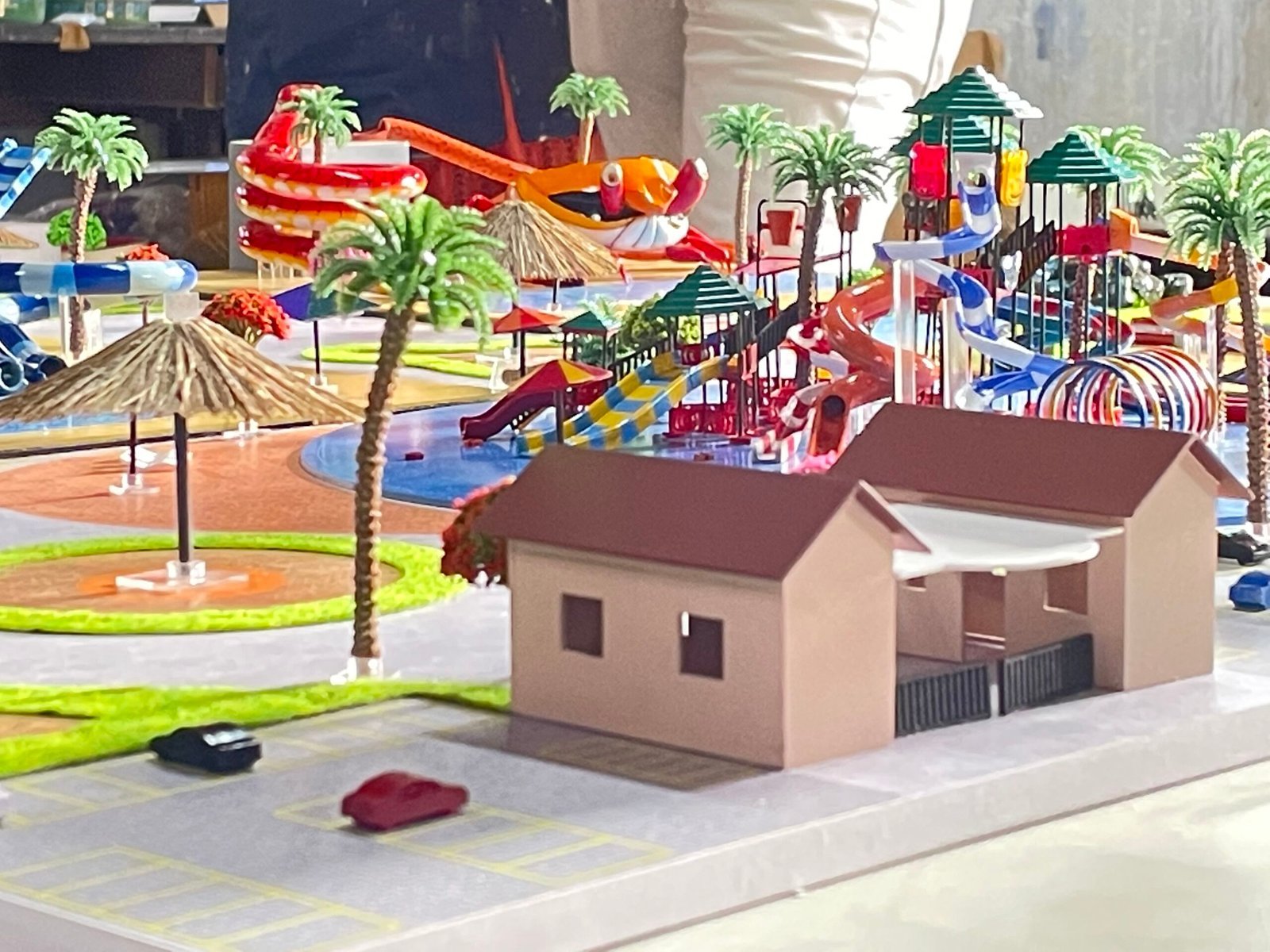
In addition to being practical tools for park construction, theme park models can also be works of art in their own right. The level of detail and craftsmanship that goes into creating these miniature worlds is truly remarkable, and many theme park model makers take great pride in their work.
Purpose of Theme Park Model Making
Theme park model making serves a variety of purposes in the design, development, and promotion of theme parks. Here are some of the main purposes:
- Conceptualization and Visualization: Theme park model making can help designers and developers conceptualize and visualize their ideas in a physical form. Models can be used to test out different design concepts, layouts, and attractions before committing to construction.
- Planning and Budgeting: Theme park models can help with planning and budgeting by providing a detailed representation of the park’s physical layout, attractions, and facilities. This allows designers and developers to make more accurate cost estimates and identify potential challenges in the construction process.
- Marketing and Promotion: Theme park models can be used for marketing and promotional purposes, such as in brochures, advertisements, and presentations. Models can help potential visitors get a sense of what the park will look like and what attractions they can expect to experience.
- Operational Planning: Theme park models can also be useful in operational planning, such as determining the best locations for facilities like restrooms and food stands. Models can also be used to plan crowd flow and identify potential congestion points.
Overall, theme park model making is an important tool for designers and developers to bring their ideas to life, plan and budget for construction, promote the park to potential visitors, and optimize park operations.
In conclusion, theme park model making is a fascinating and important part of the theme park design and construction process. These miniature worlds allow designers, engineers, and builders to visualize and plan the park in a way that simply isn’t possible with two-dimensional drawings and blueprints. So the next time you visit a theme park, take a moment to appreciate the intricate and detailed work that went into creating it.

